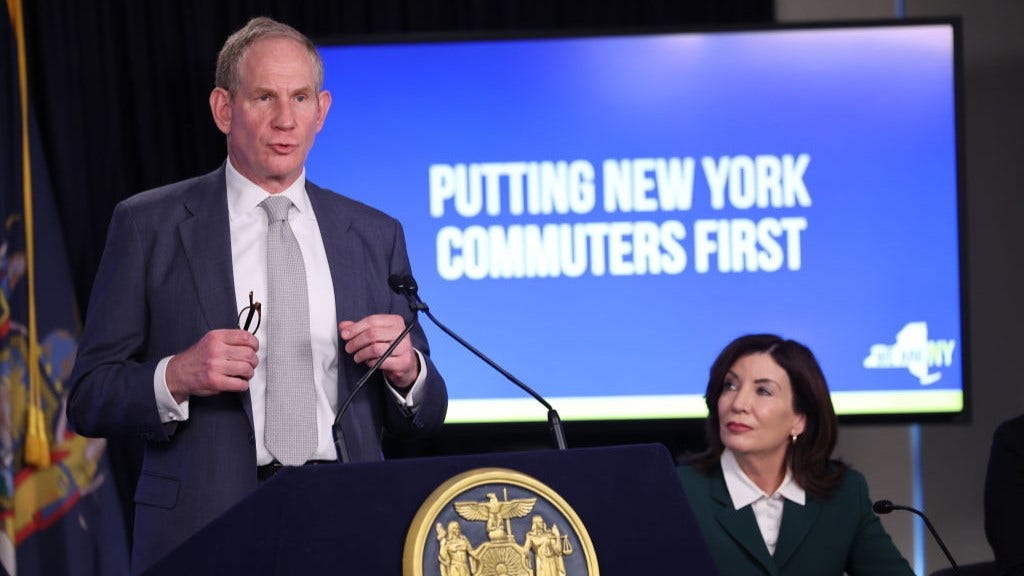New York Governor Kathy Hochul’s pronouncements about improved subway safety have been sharply contradicted by a series of violent incidents, raising serious questions about the effectiveness of her policies and sparking public outcry. Just days after Hochul touted declining crime rates and increased ridership in a social media post, a woman was tragically burned alive on an F train, a man narrowly survived being pushed onto the tracks, and reports emerged of Venezuelan gang members targeting subway riders. These incidents, occurring in close proximity to Hochul’s optimistic declaration, have fueled criticism and calls for her resignation.
The governor’s claims of improved safety were based on statistics showing a decrease in overall subway crime since March, attributed to initiatives such as deploying the National Guard to assist the NYPD and installing cameras in subway cars. However, these statistics seem to offer little comfort to New Yorkers facing the stark reality of violent crime on the transit system. The horrific incidents following Hochul’s announcement have highlighted a disconnect between reported crime figures and the public’s perception of safety, leading many to question the validity of the governor’s assessment.
The string of violent events began with the alleged murder of Debrina Kawam, a homeless woman who was set on fire while sleeping on a subway train. The suspect, a Guatemalan national, reportedly claimed to have been intoxicated and unaware of his actions. This incident was followed by the attempted murder of a man who was shoved onto the tracks in front of an oncoming train. While miraculously surviving, the victim sustained serious injuries. The suspect in this case had a prior record of assaulting a police officer. Adding to the sense of unease, reports surfaced of a Venezuelan gang, Tren de Aragua, operating in the subway system and robbing passengers.
Further escalating public concern were two separate stabbing incidents on New Year’s Day. Both occurred in broad daylight on the West Side of Manhattan, an area generally considered safe. These attacks, coupled with the previous incidents of arson and attempted murder, have contributed to a growing sense of fear and insecurity among subway riders. The timing of these events, so soon after Hochul’s assurances of improved safety, has only amplified the public’s skepticism and fueled calls for greater action to address the ongoing safety issues.
Hochul has responded to the criticism by reiterating her commitment to subway safety, highlighting her five-point plan and announcing the deployment of additional National Guard members. While acknowledging the encouraging downward trend in crime statistics, NYPD Commissioner Jessica Tisch emphasized the need for continued efforts to ensure public safety. The NYPD’s December report indicated a decrease in subway crime compared to the previous year, but the recent spate of violent incidents has overshadowed these statistical improvements.
The public’s perception of safety remains a critical issue. While Mayor Eric Adams acknowledged the relatively low number of felonies compared to the millions of daily riders, he emphasized the importance of addressing the public’s fear and perception of danger. MTA Chairman Janno Lieber echoed this sentiment, stating that statistics are irrelevant if people do not feel safe. The recent incidents have underscored the need for a comprehensive approach to subway safety that not only addresses crime statistics but also focuses on improving the overall environment and restoring public confidence in the transit system. The debate continues as to whether Hochul’s policies are sufficient to address the complex challenges facing the New York City subway system.

